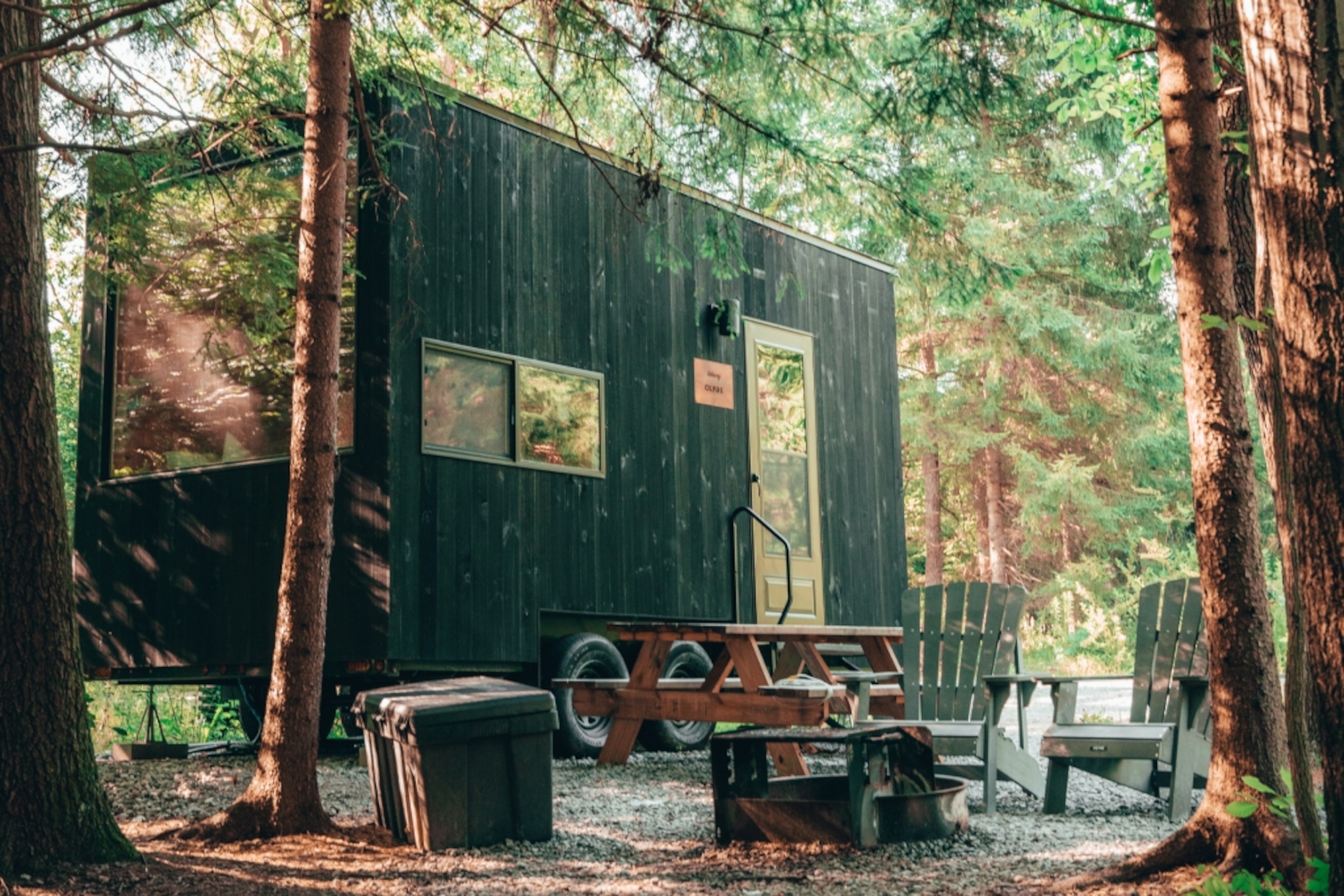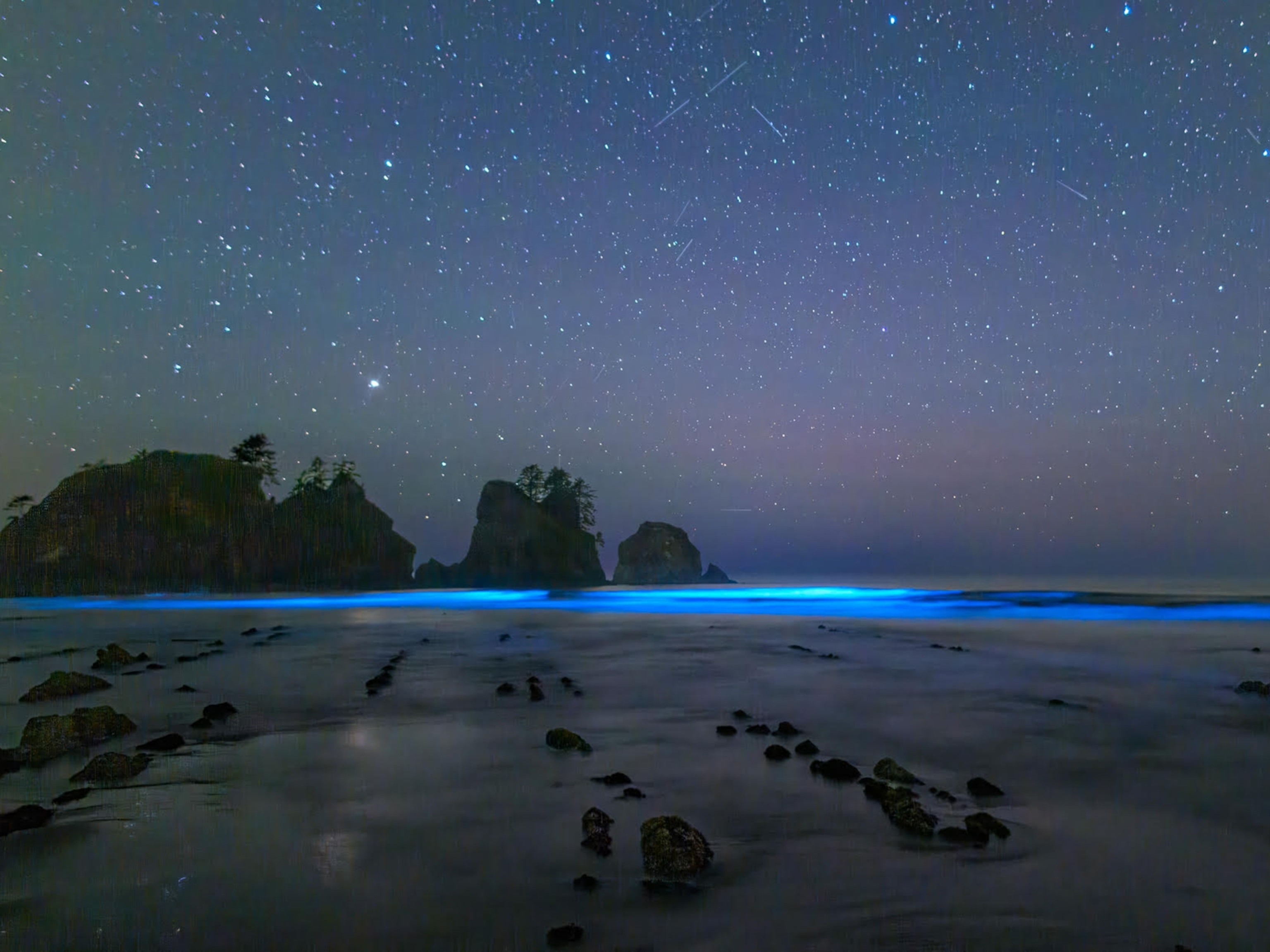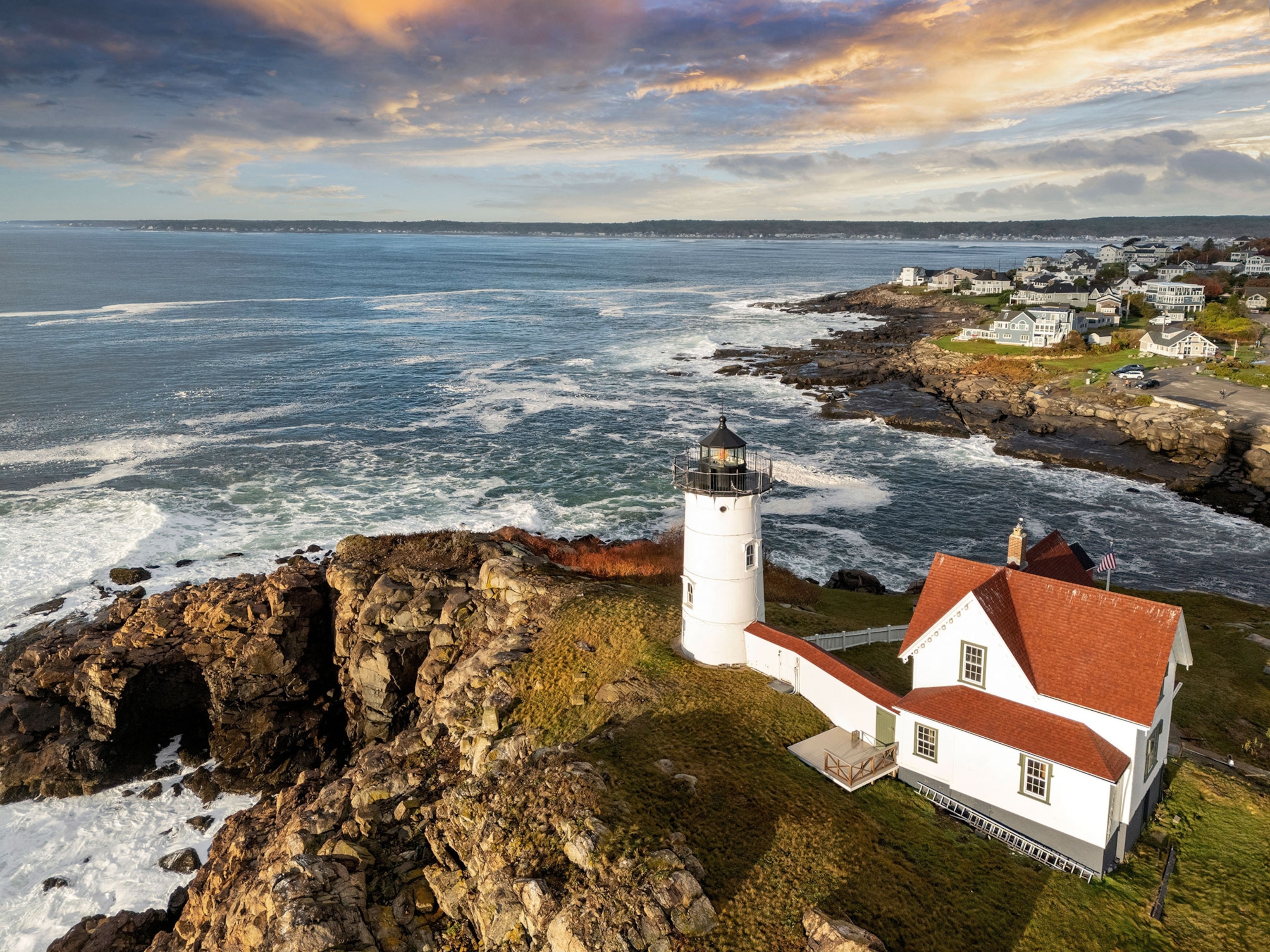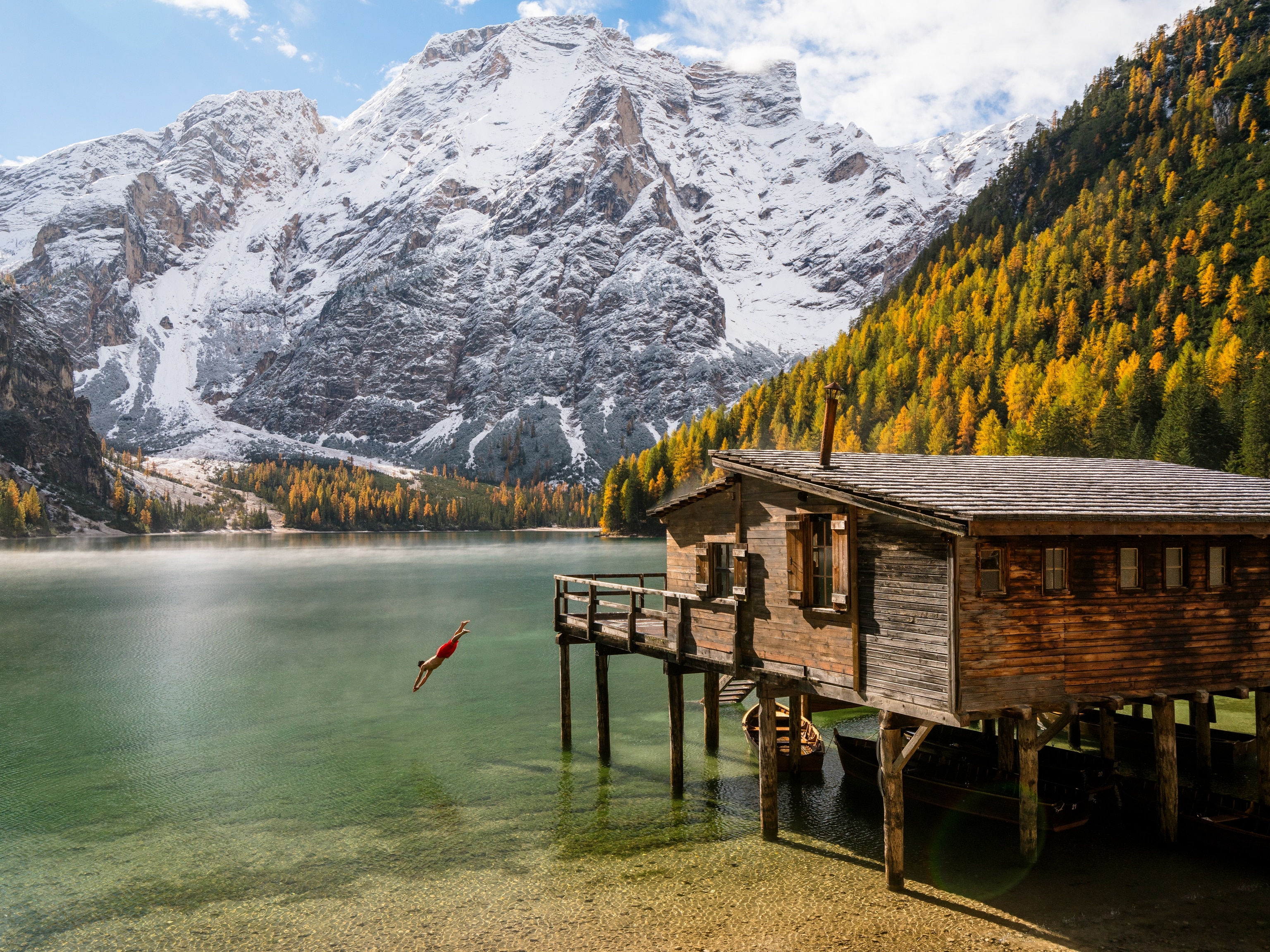10 places to embrace the wild without pitching a tent
Outdoorsy lodgings across the U.S. immerse travelers in nature, from Hawaiian beach huts to a fire tower with West Virginia mountain views.

Lodgings that commune in some way with nature are more popular than ever, post-pandemic. The 2023 North American Camping and Outdoor Hospitality Report found that a record 58 million American and Canadian households camped or “glamped” in 2022. That same year, the National Park Service saw more than 13 million overnight stays in its campgrounds, cabins, and lodges.
Travelers wanting to be close to the wild without giving up amenities isn't new, of course. Iconic lodges like the Ahwahnee in California’s Yosemite National Park and Crater Lake Lodge in Oregon “were constructed to give early 20th-century American travelers nicer places to stay when they visited the West,” says Max Humphrey, author of the new book Lodge: An Indoorsy Tour of America’s National Parks, which showcases the history and nostalgic interiors of National Park lodges. “People back then wanted access to the outdoors, but they still wanted comfort.”
Here are 10 other lodgings options, many of them brand-new, to celebrate America’s wild landscapes.
Thorny Mountain Fire Tower, West Virginia
Travelers reserve up to a year in advance to stay overnight at the top of this 65-foot-tall fire tower amid the purple mountains and wooded expanses of West Virginia’s Seneca State Forest. It’s a 69-step climb to the refurbished 1930s structure, which was built to accommodate rangers who scanned the surrounding Greenbrier Valley for forest fires.
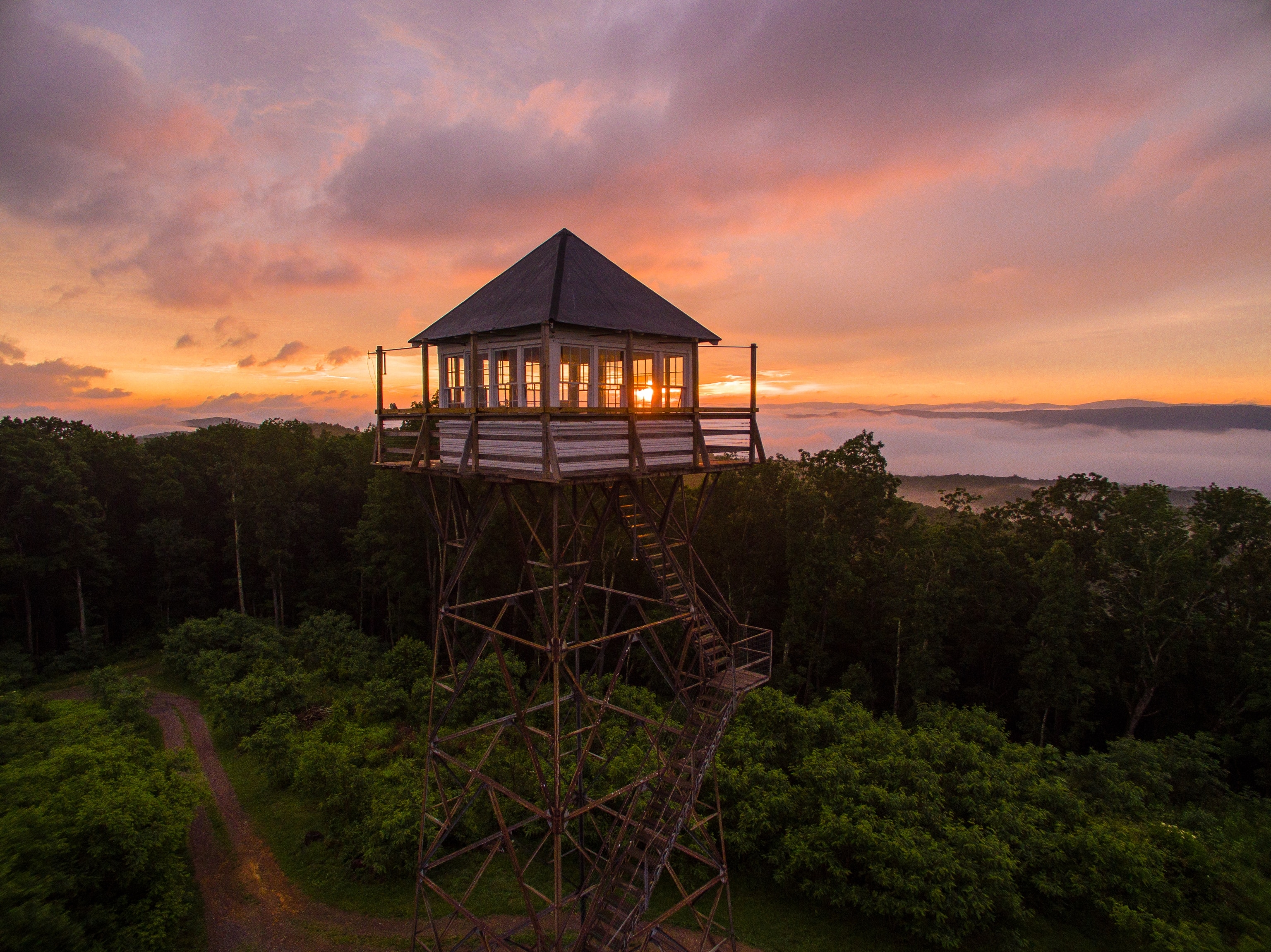
Today, the perch hosts up to four people a night during warmer months. This is far from glamping: you’ll snooze on a cot, and the bathrooms are down the stairs at a nearby ranger station. But guests can luxuriate in 365-degree views of sunrise and sunset from wraparound windows.
Seneca State Forest also offers primitive campsites and eight well-equipped cabins. Wherever you bunk, you’ll have access to the park’s hiking and mountain biking trails. It’s a short drive to Cass Scenic Railroad State Park, where there are tours of an early 20th-century sawmill company town or rides on a steam-powered train.
Mount Princeton Hot Springs Resort, Colorado
Geothermal-powered hot springs bubble up throughout Colorado’s Rocky Mountains, and those at Mount Princeton resort are some of the steamiest in the state, at 120-140 degrees F. Resort guests enjoy views of 14,204-foot Mount Princeton, part of the towering Sawatch Range, while soaking in one of the in-ground pools.
But the signature experience is lounging in the creekside springs. Move the stacked rocks that form the borders of natural, freeform pools to mix cold creek water with the hot to achieve your ideal temperature.
“Another thing that’s unique about those hot springs is they don’t stink,” says Scott Peterson, marketing director at the Chaffee County Visitors Bureau. “They’re non-sulfurous.” Road trip to more of the state’s sultry spots along the 800-mile, 23-location Colorado Historic Hot Springs Loop.
(Feeling frazzled? These U.S. hot springs will help you unwind.)

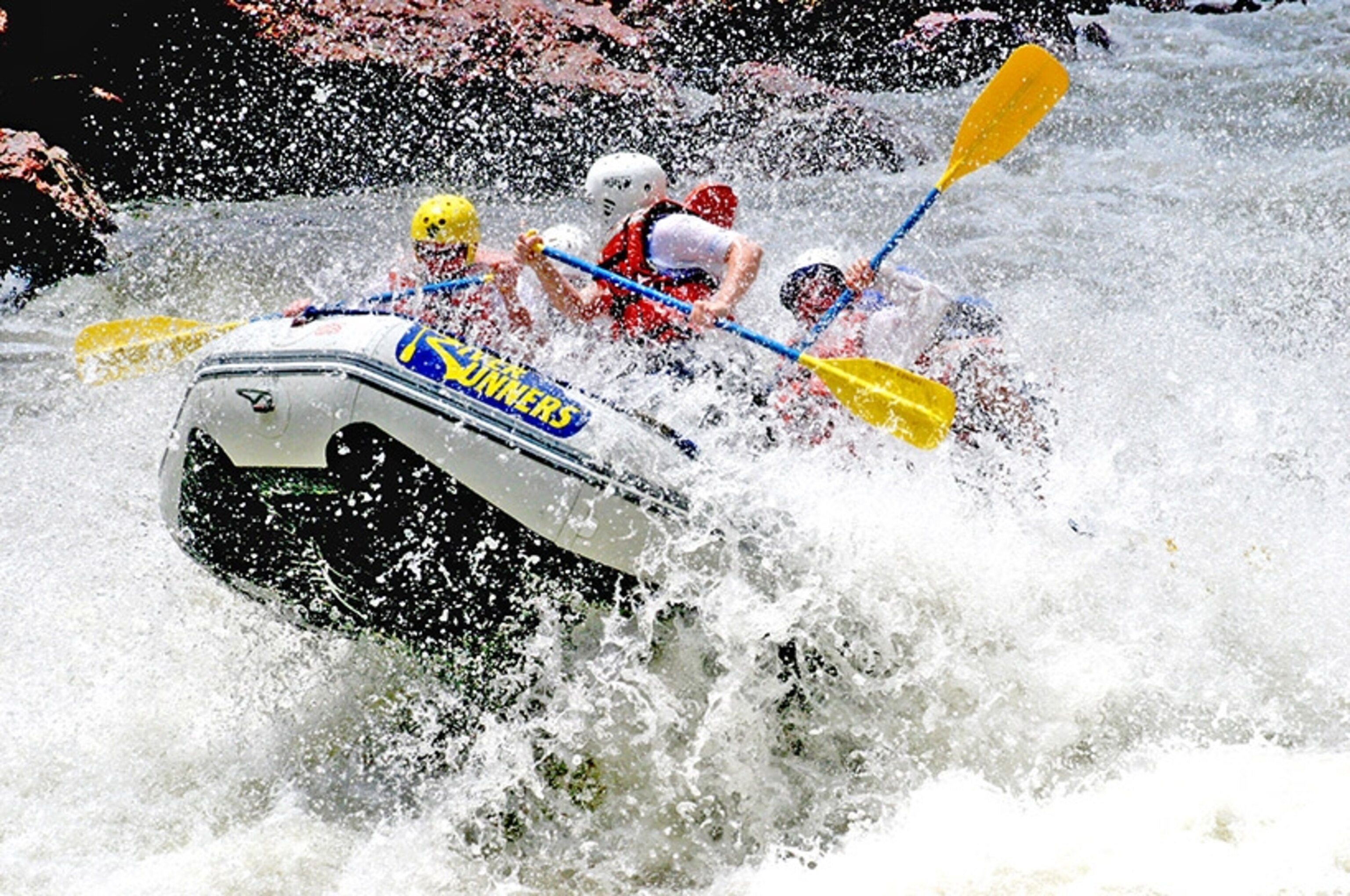
Terramor Outdoor Resort, Maine
In a wooded setting five miles from Maine’s Acadia National Park (with its 58 miles of hiking trails), Terramor Outdoor Resort features 64 canvas and wood glamping tents with cozy-chic interiors: Pendleton wool blankets, pour-over coffee set-ups, and ensuite bathrooms. Terramor’s 60 acres also encompass a restaurant offering wood-fired pizzas and s’mores supplies, a wellness tent for massages, and a heated pool.
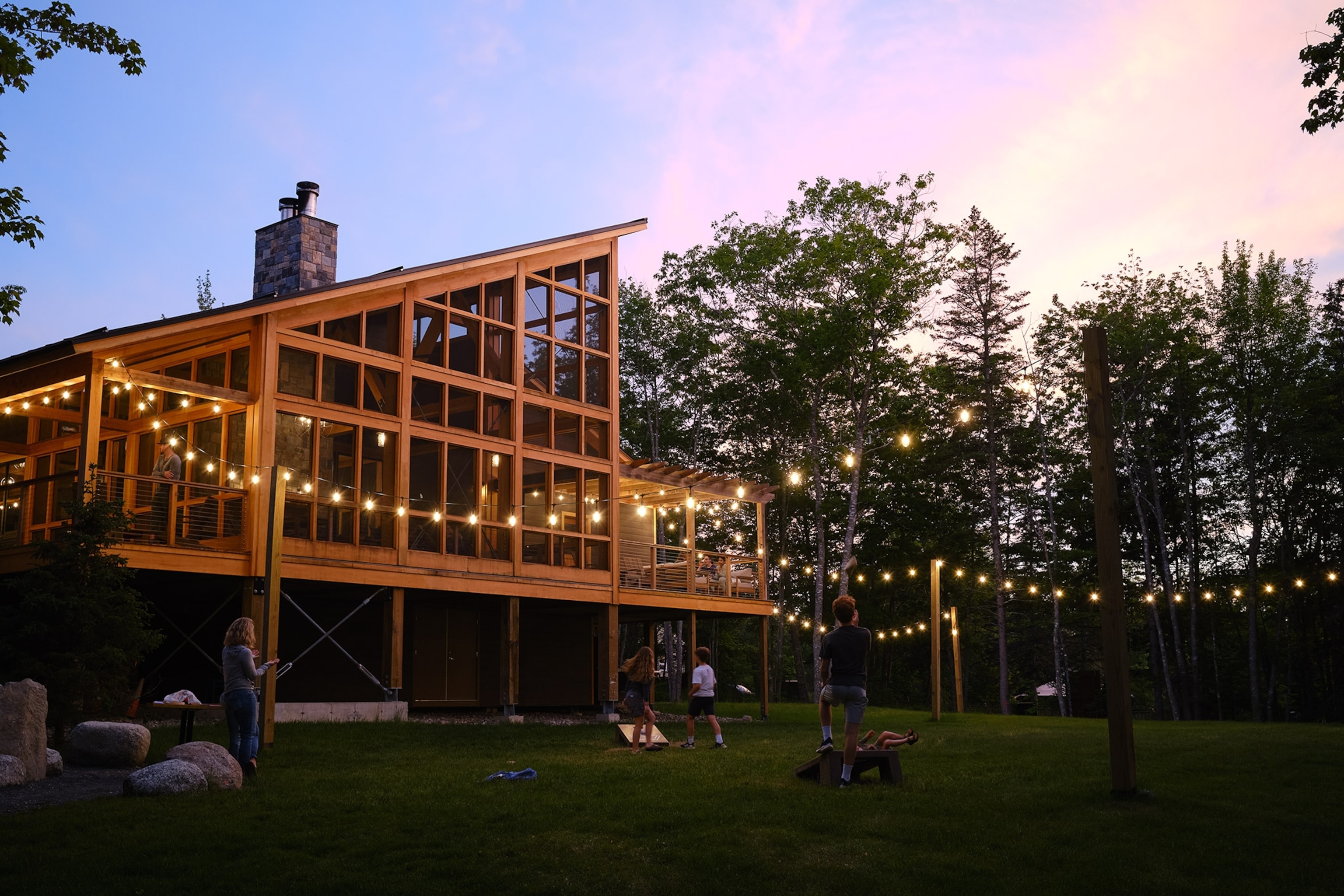
“We are located right next to a marsh, so you’ll hear a variety of sounds, like the snap of a beaver tail, the call of red-winged blackbirds, and the screech of barred owls. It’s a wonderful wild chorus,” says Rich MacDonald, a naturalist who leads weekly guided walks around Terramor. Fifteen minutes away, Bar Harbor is a launch point for whale-watching trips and boat tours that take visitors to spot razorbills, guillemots, and puffins along Maine’s craggy coastline.
Sanctuary Treehouse Resort, Tennessee
Just outside of Dolly Parton’s hometown in the Great Smoky Mountains, this down-home Tennessee resort has seven elevated cedar cabins surrounded by 40 acres of live oak, black walnut, and maple trees. Rustic designs (tin roofs, stone sinks) mix with playful interactive elements—slides, rope swings, and drawbridges—that especially appeal to kids.
(Dolly Parton tells Nat Geo how the Smokies have inspired her.)

The grounds buzz with wildlife, too. “We have a set of bald eagles that flies through and hangs out every day, as well as deer, turkeys, and rabbits,” says co-owner Amanda Jensen.
Nearby, there’s rafting on the Pigeon River, ziplining through beech and oak forests, and hiking amid the vistas and waterfalls of the Great Smoky Mountains National Park, just 35 miles away.
ULUM, Utah
Under Canvas just opened its latest upscale glamping resort amid the red rock and sagebrush-speckled desert near Moab, Utah. Thirty minutes from Arches National Park and 45 minutes from Canyonlands National Park, ULUM has 50 ensuite canvas-and-wood tents with king-size beds, jumbo decks, and evaporative cooling systems for hot desert days.
(Here’s how to stargaze and “moonwalk” in Moab.)

In its glass-walled, mid-century-style lodge, ULUM’s Southwestern restaurant serves spicy breakfast eggs, strong coffee, and dinners starring short rib tacos and chile-rubbed cauliflower steak. An outdoor deck affords frequent views of furry neighbors like coyotes and black-tailed jackrabbits.
Resort activities include stargazing, nightly live music, and dips in the hot and cold plunge pools. An “adventure concierge” can organize whitewater rafting, hikes, and mountain biking in nearby parks.

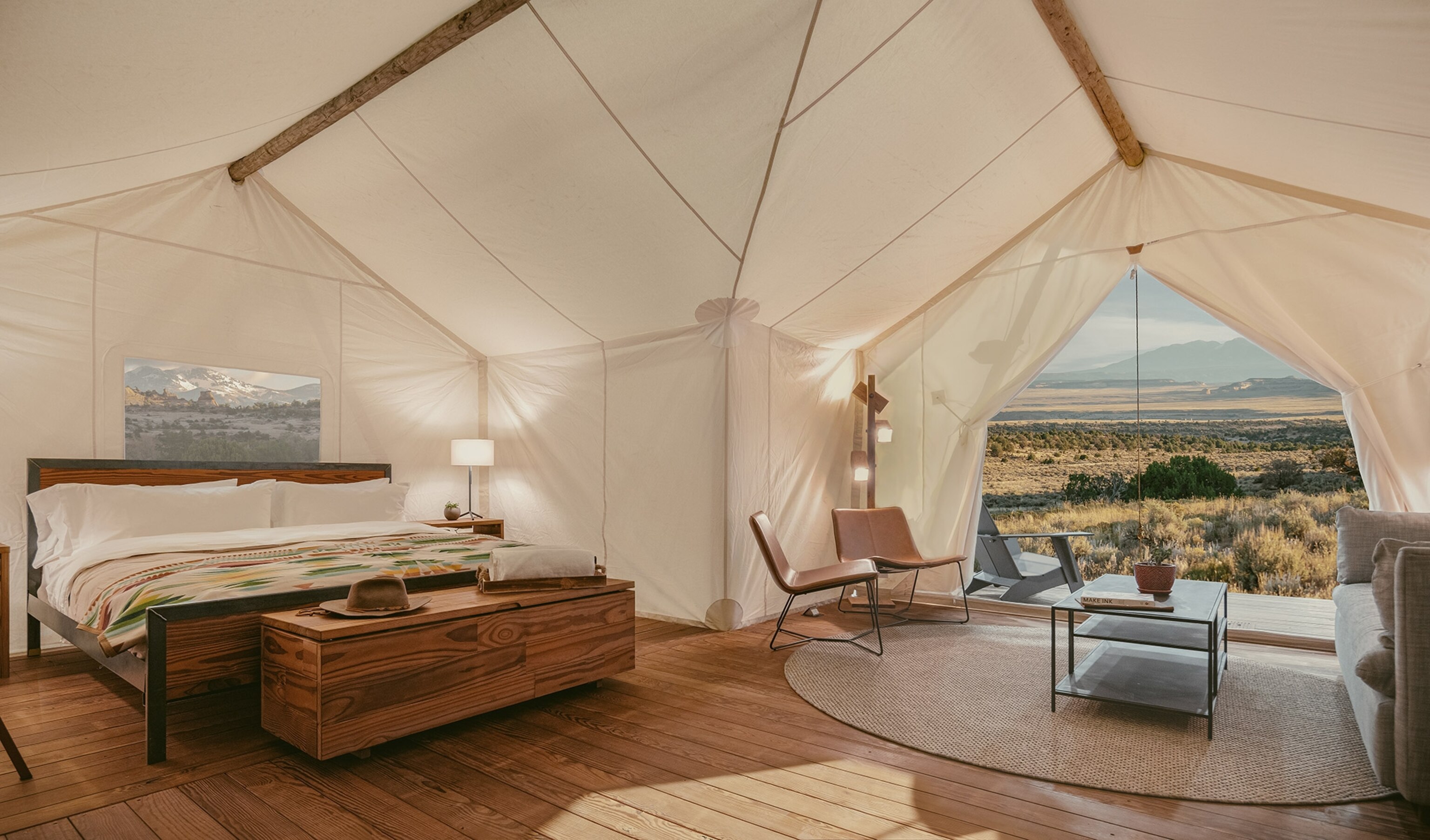
Hill Farm by Sagra, Vermont
“We connect guests directly with where their food comes from,” says David Rust, the founder of Sagra, the company behind Hill Farm. This agritourism operation is carved out of the historic buildings and bucolic grounds of a former dairy farm in Vermont’s Equinox Mountain Valley. Visitors stay either in a renovated 1830 inn or in cozy cottages scattered around the property.
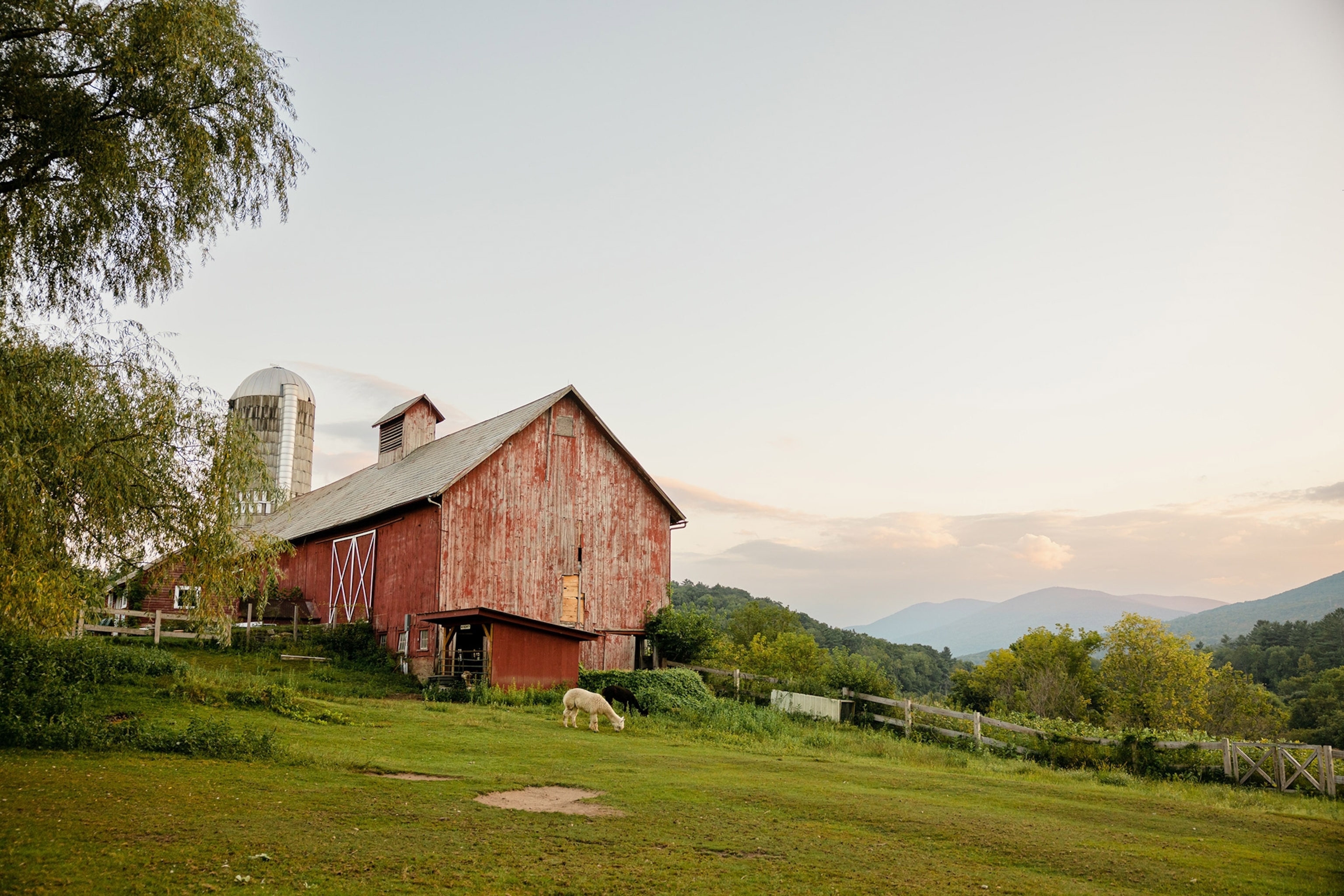
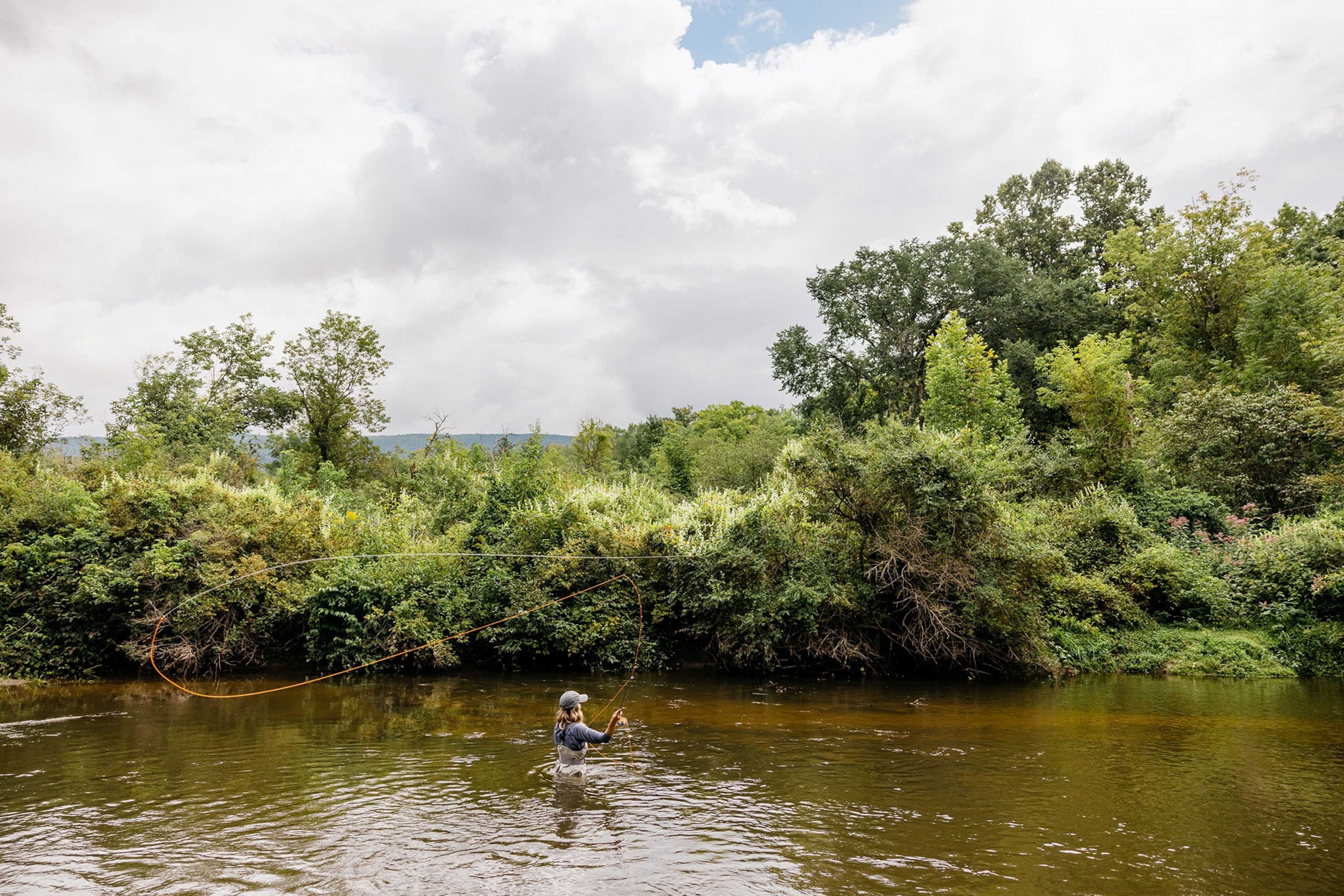
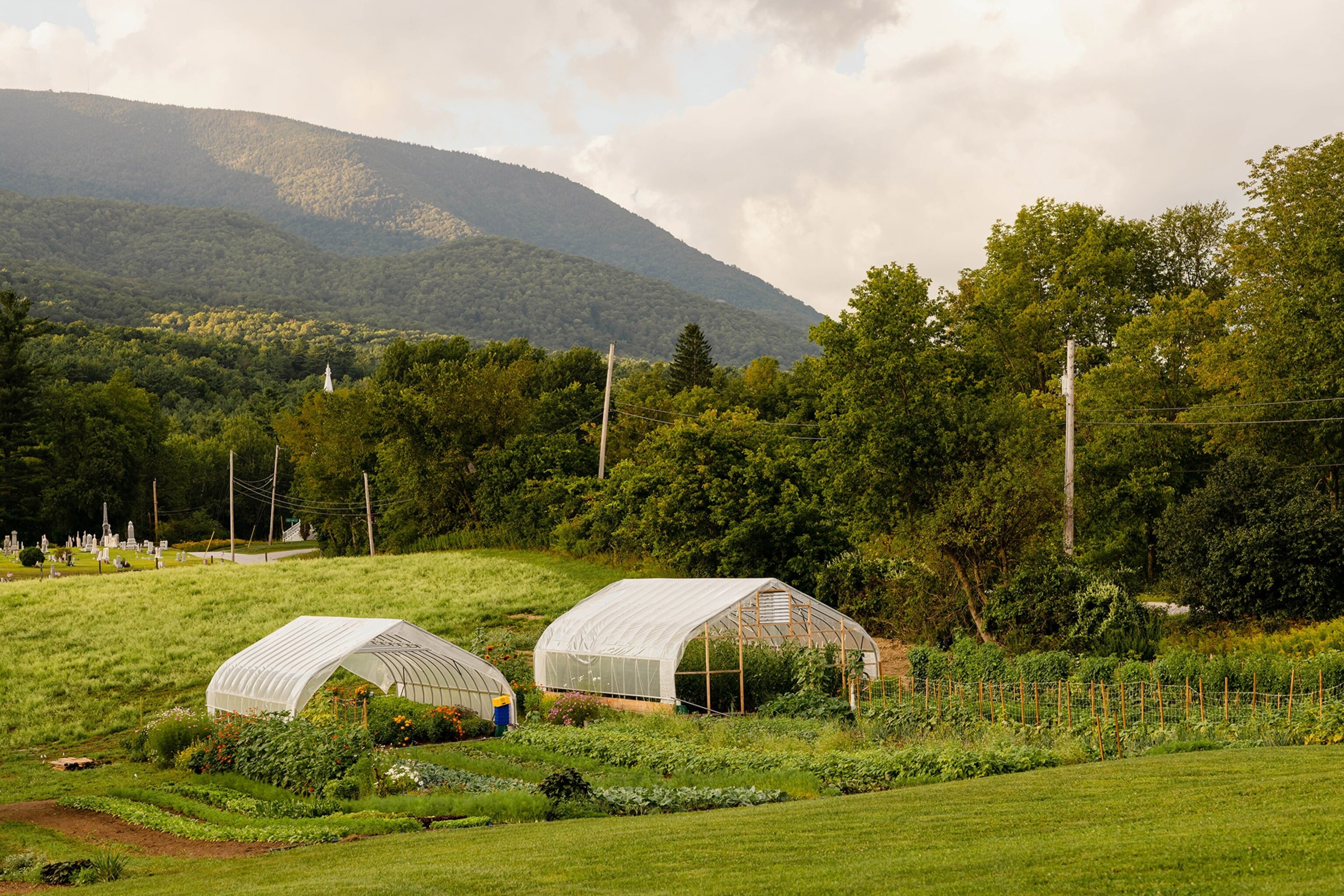
Culinary activities rule here, from tours of the site’s working vegetable farm, classes in food preserving, or foraging sessions for ingredients with Austin Poulin, the chef of the farm’s new Grange restaurant. Located in a rustic-cool, lofted barn, Grange pairs Hill Farm’s own produce (koginut squash, celery root) with goods from nearby providers (grass-fed lamb, pungent cheese).
Other diversions include walking trails and fly fishing for trout along the Battenkill River, which runs through the farm. Historic Bennington’s antique shops, markets, and cafés are a 25-minute drive away.
Malaekahana Beach Campground, Hawai’i
A turquoise stretch of the Pacific Ocean laps the powdery sand at this 37-acre, coconut palm-dotted campground on Oahu’s North Shore. Travelers either bring their own camper or tent or rent one of 25 hales, or huts, modeled after traditional Hawaiian sugar plantation dwellings. There are communal bathrooms and showers around the property, and a camp store offers supplies for cooking over campfire rings.
“Malaekahana Beach may be the closest you can get to old Hawai’i on Oahu,” says owner Mark Reynolds, who grew up nearby. “There isn’t a building more than two stories high in sight.”
Malaekahana’s calm sea belies the North Shore’s reputation for mega waves, making it ideal for the kayaks and stand-up paddle boards for rent onsite. Less than a mile from the campground, CLIMB Works Keana Farms runs zipline tours over tropical fruit fields with views of the surf.
Mendocino Grove, California
Northern California’s rugged Pacific Coast provides the backdrop for this tented resort two miles outside of the town of Mendocino, known for its Victorian architecture. On a cypress tree-filled bluff overlooking the ocean, 60 safari-style tents come with leather deck chairs, plush bedding, and fire rings for outdoor grilling. A “campfire valet” can help if you have trouble getting a spark.
“We get visitors who have never slept outdoors before,” says campground owner Teresa Raffo. “Our goal is to get people into nature without the hassle of wrangling gear or setting up a tent.”
Guests share retro bathhouses, a cedar wood sauna, and a bocce court. On the property, there’s a 3/4-mile trail that leads through a forest of bishop pines to an ocean viewing deck. A short walk away, Catch a Canoe offers kayak and outrigger-style redwood canoe rentals for paddling on the Big River Estuary, where you might spot harbor seals or otters.
Westgate River Ranch, Florida
One hour south of Orlando, Florida, the country’s largest dude ranch east of the Mississippi offers horseback riding, hayrides, and a mechanical bull on 1,700 acres sprawled along the Kissimmee River. On lands where Seminoles peoples and Spanish colonists once thrived, the ranch is all live oak trees dripping with moss and wide open pastures. “We preserve that history and provide guests a taste of the cowboy life,” says general manager Ray Duncan. “There are cattle and buffalo, and at night, a sky full of stars.”
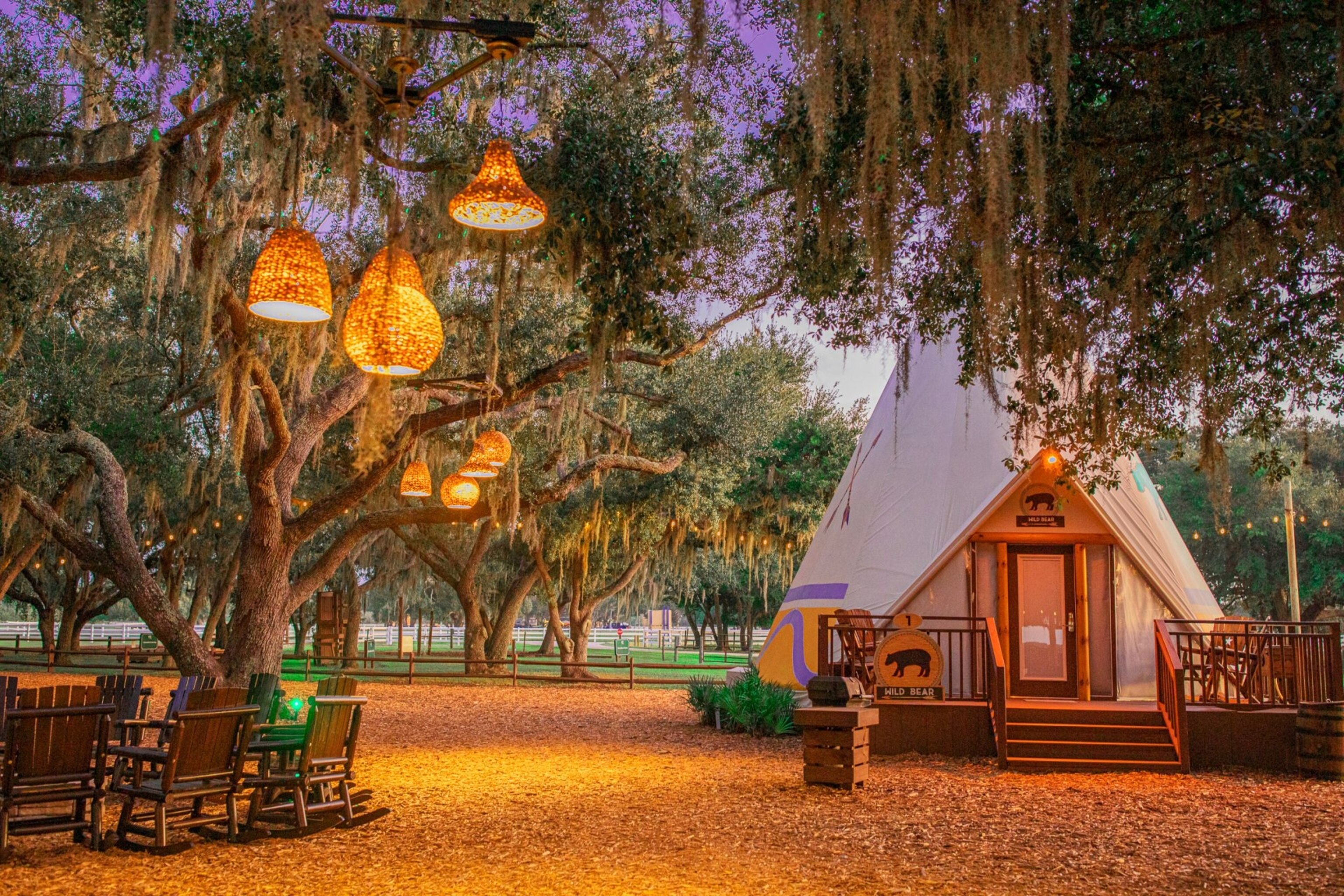
Accommodations range from lodge rooms and cottages to a wood-and-canvas cabin built to resemble a Conestoga wagon. Guests can take river cruises or ride in elevated “swamp buggies” overland to spot wildlife including alligators, turtles, and bald eagles.
Getaway House, Hocking Hills, Ohio
Getaway House operates tiny cabin resorts in dozens of natural spots around the United States, all within quick drives of major cities. Though its sleek, modernist dwellings measure a mere 200 square feet, they squeeze in large windows, queen-sized beds, kitchenettes, and private bathrooms.
One of its newest outposts, an hour from Columbus, Ohio, spreads 40 compact cabins across 97 wooded acres in Hocking Hills, a recreation region known for sandstone cliffs, deep gorges, and abundant waterfalls.
There are trails on the Getaway property, but the real appeal is Hocking Hills State Park, a 30-minute drive away, with its forest hikes, rock climbing, and birdwatching.
Naturalist Jeff Large leads guided hikes at the park. He says his favorite area is Cantwell Cliffs. “There are fewer people, and the trails and stairs have dramatic rock formations and roots that give the experience lots of character.”
